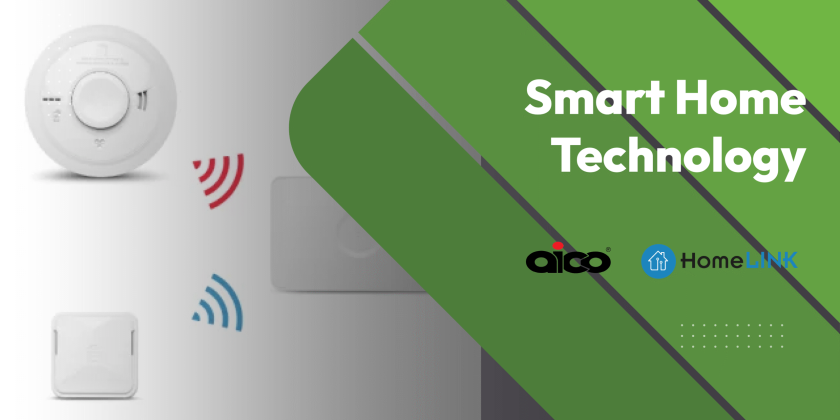Most buildings waste more energy than you realise, driving up costs without clear reason. The minimum energy efficiency standard sets a baseline to stop this hidden drain. Understanding what this standard means can save you money and make your property more valuable. Let’s break down what the minimum energy efficiency standard is and why it matters to you.
Introduction to Energy Standards
Energy standards may seem like a complex topic, but they’re crucial in today’s world. These guidelines help us ensure that buildings use energy wisely, saving you money in the long run. Let’s dive into what these standards involve.
What Are Energy Standards?
Energy standards define how much energy a building should use. Think of them as rules for energy use. They help ensure that buildings don’t waste electricity or gas. Having these standards in place means that properties are built or modified to be more energy-conscious. This saves resources and reduces bills. In the end, you benefit from a home that’s both comfortable and cost-effective.
Importance of Energy Regulations
Why do these regulations matter? They protect the environment and save you money. By following these rules, buildings emit less pollution. Lower energy use means less fossil fuel consumption, which is good for the planet. Not only does this help the earth, but it also reduces costs on your energy bills. So, energy regulations are a win-win for you and the environment.
Understanding Minimum Energy Standards
Now that we know why energy standards are essential, let’s focus on the minimum energy efficiency standards. These specific rules ensure buildings meet a basic level of efficiency.
Definition and Purpose
Minimum energy standards set the lowest acceptable level of energy use for buildings. Why do they exist? To prevent unnecessary energy waste. These standards ensure that properties do not consume more energy than they should. By meeting these guidelines, buildings become more sustainable and less costly to operate.
Key Components of the Standards
These standards cover several aspects, such as insulation, heating, and lighting. Each part of a building must be examined to ensure it meets the criteria. For instance, proper insulation keeps your home warm without using too much energy. This means checking windows, walls, and roofs. Lighting also plays a part, with energy-efficient bulbs reducing electricity usage. Understanding these components helps maintain a property that’s both eco-friendly and economical.
Compliance and Enforcement
Knowing the standards is one thing, but how do you ensure your building meets them? Let’s explore how compliance is measured and what happens if the rules aren’t followed.
How Compliance is Measured
Compliance involves regular checks and assessments. Inspectors evaluate buildings to ensure they meet standards. They look at energy bills, insulation quality, and heating systems. If all elements pass the test, your building is compliant. Regular inspections mean you stay informed about your property’s energy use. This knowledge lets you make improvements when necessary, keeping costs down.
Consequences of Non-Compliance
Failing to meet standards has repercussions. Non-compliance can lead to fines and higher bills. You might face legal issues, which can be costly and stressful. Worse, a non-compliant building may lose value. This can make selling or renting difficult. Staying compliant saves money and avoids these potential headaches.
Benefits of Meeting Standards
Meeting energy standards is not just about avoiding penalties. It offers substantial benefits, both environmentally and economically.
Environmental Impact
The environmental benefits of meeting these standards are significant. By using less energy, buildings contribute less to pollution. This leads to cleaner air and a healthier planet. Lower energy use reduces greenhouse gases, slowing climate change. Every improvement you make helps protect the earth for future generations.
Economic Advantages
There are clear financial benefits to meeting energy standards. Lower energy consumption means reduced utility bills, leaving more money in your pocket. Over time, these savings can be substantial. Also, compliant buildings often have higher market value. This makes them more attractive to buyers and renters, boosting your property’s worth.
Future of Energy Standards
Energy standards are not static. They evolve to meet new challenges and technologies. Staying informed about these changes is crucial.
Upcoming Changes
In the near future, expect stricter energy standards. Advances in technology allow for more efficient building practices. New materials and systems can help reduce energy use further. These changes aim to make properties even more sustainable. Keeping up with these advancements ensures your building remains compliant and efficient.
Preparing for the Future
Getting ready for future standards is easier than you think. Start by staying informed about new regulations. Consider upgrades that improve energy efficiency, like better insulation or renewable energy sources. Being proactive now prevents issues later. By preparing today, you ensure your property remains efficient and valuable tomorrow.


